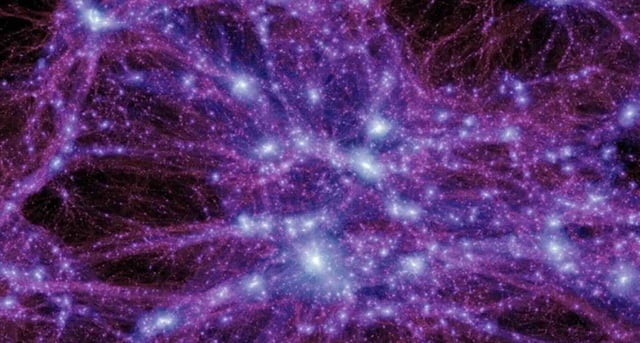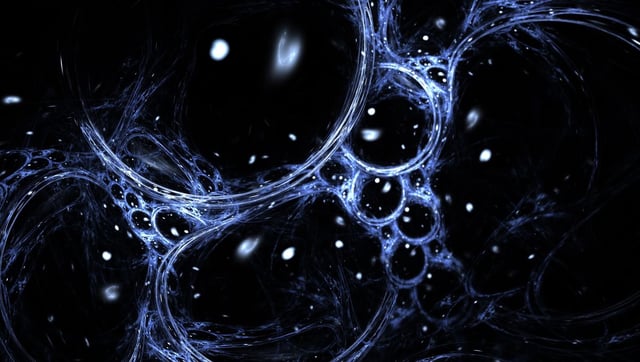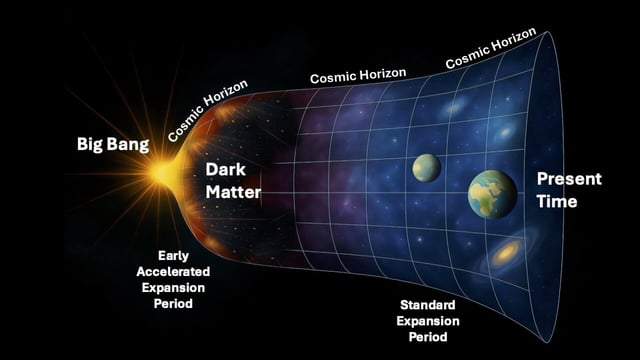Overview
- Two peer-reviewed Physical Review D studies outline self-contained gravitational frameworks for dark matter—a hidden dark QCD mirror sector and particle generation at the universe’s expanding horizon.
- Mirror sector model posits dark quarks and gluons binding into heavy baryons that collapse into black hole–like remnants, while horizon model suggests quantum effects during post-inflation accelerated expansion could have radiated dark matter particles.
- Both approaches draw solely on established quantum field theory and gauge principles to sidestep assumptions of new force carriers under pressure from decades of null experimental results.
- These gravity-only candidates interact exclusively through gravitation, evading direct detection even as they shape galactic rotation curves and the large-scale structure of the cosmos.
- Their publication prompts follow-up theoretical refinement, including development of observational strategies to test these predictions.



